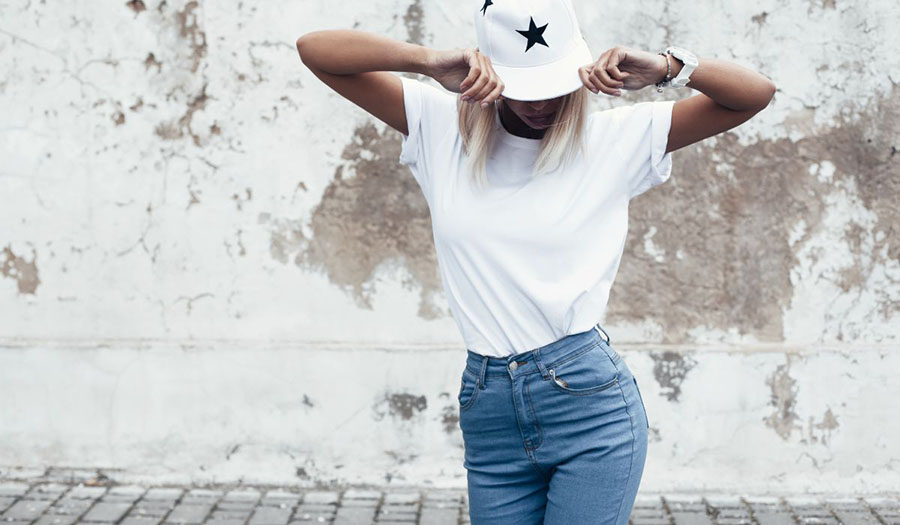In recent years, the fashion landscape has witnessed a significant shift, with streetwear emerging as a powerful force that transcends traditional boundaries and defines modern style. What was once considered a subculture has now evolved into a mainstream trend, influencing not only the way we dress but also reshaping the entire fashion industry. This article delves into the growing influence of streetwear, exploring its roots, popular brands, collaborations, and its undeniable impact on high fashion.
The Origins of Streetwear:
Streetwear finds its roots in the urban neighbourhoods of major cities, where diverse cultures, music, and art converge. Emerging in the 1980s and 1990s, streetwear was initially associated with skateboarding, hip-hop, and graffiti subcultures. Brands like Stussy, Supreme, and A Bathing Ape (BAPE) played pivotal roles in shaping the early streetwear aesthetic, characterized by bold graphics, casual silhouettes, and an anti-establishment attitude.
Evolution into Mainstream Culture:
What began as a niche subculture has rapidly evolved into a mainstream phenomenon. Streetwear's appeal lies in its ability to capture the essence of youth culture and rebellion, resonating with a broad audience. The rise of social media platforms has further accelerated its popularity, enabling streetwear enthusiasts to showcase their style, and fostering a global community.
Popular Streetwear Brands:
Several iconic brands have contributed to the rise of streetwear, each with its unique aesthetic and cultural significance. Supreme, known for its limited-edition drops and collaborations, has achieved cult status. Off-White, founded by Virgil Abloh, seamlessly blends high fashion with streetwear elements, influencing a new generation of designers. Other notable brands like Nike, Adidas, and Yeezy have successfully merged sports, street, and luxury fashion.
Collaborations as Catalysts:
Collaborations between streetwear brands and high-end fashion houses have become a driving force behind the genre's rise to prominence. The merging of streetwear aesthetics with luxury craftsmanship has blurred the lines between high and low fashion. Collaborations like Louis Vuitton x Supreme and Nike x Off-White have not only created buzz but also solidified streetwear's place in the upper echelons of the fashion industry.
Street Style's Impact on High Fashion:
Street style, characterized by its individualistic and eclectic nature, has infiltrated high fashion runways, challenging traditional norms. The influence of streetwear is evident in the use of casual silhouettes, sportswear-inspired designs, and the incorporation of street art into high-end collections. Fashion houses now recognize the power of street culture in shaping consumer preferences and are increasingly embracing its elements.
The influence of streetwear on modern style is undeniable, transcending its subcultural origins to become a driving force in the mainstream fashion industry. From the streets to the runways, the aesthetic and ethos of streetwear continue to redefine the way we perceive and engage with fashion. As collaborations between streetwear and high fashion persist, it is clear that this dynamic and ever-evolving genre will continue to shape the future of style, bridging the gap between individual expression and the broader fashion narrative.





